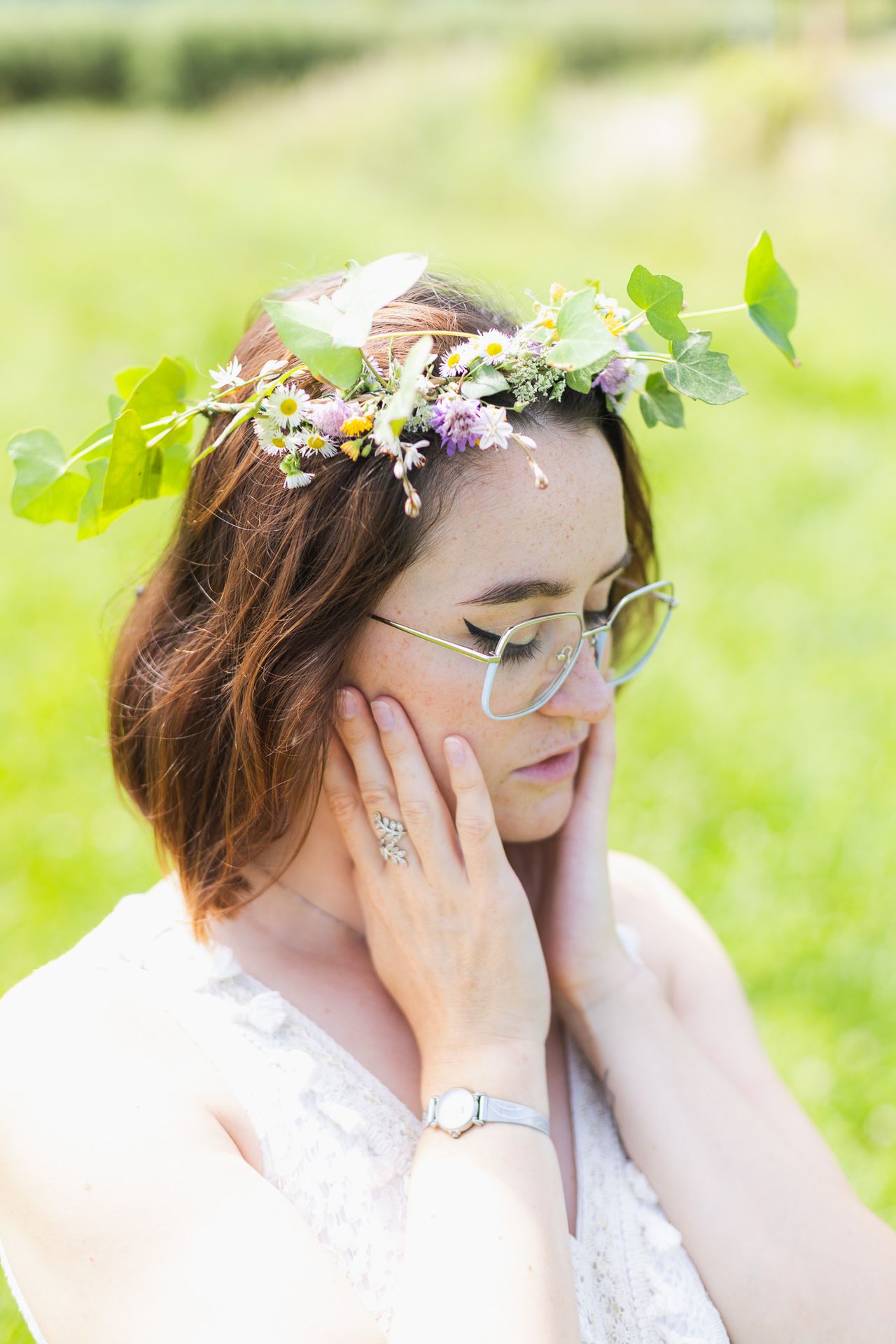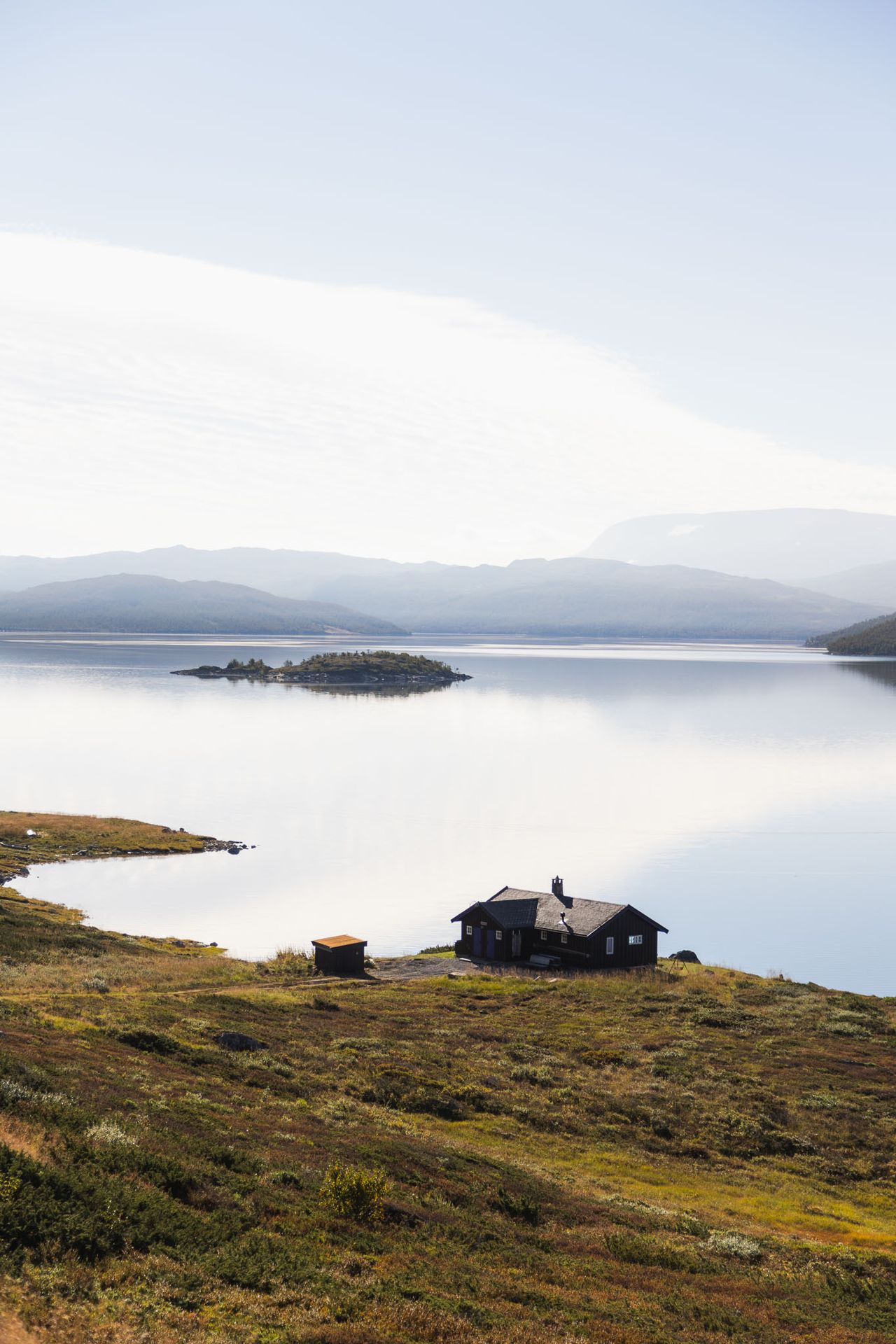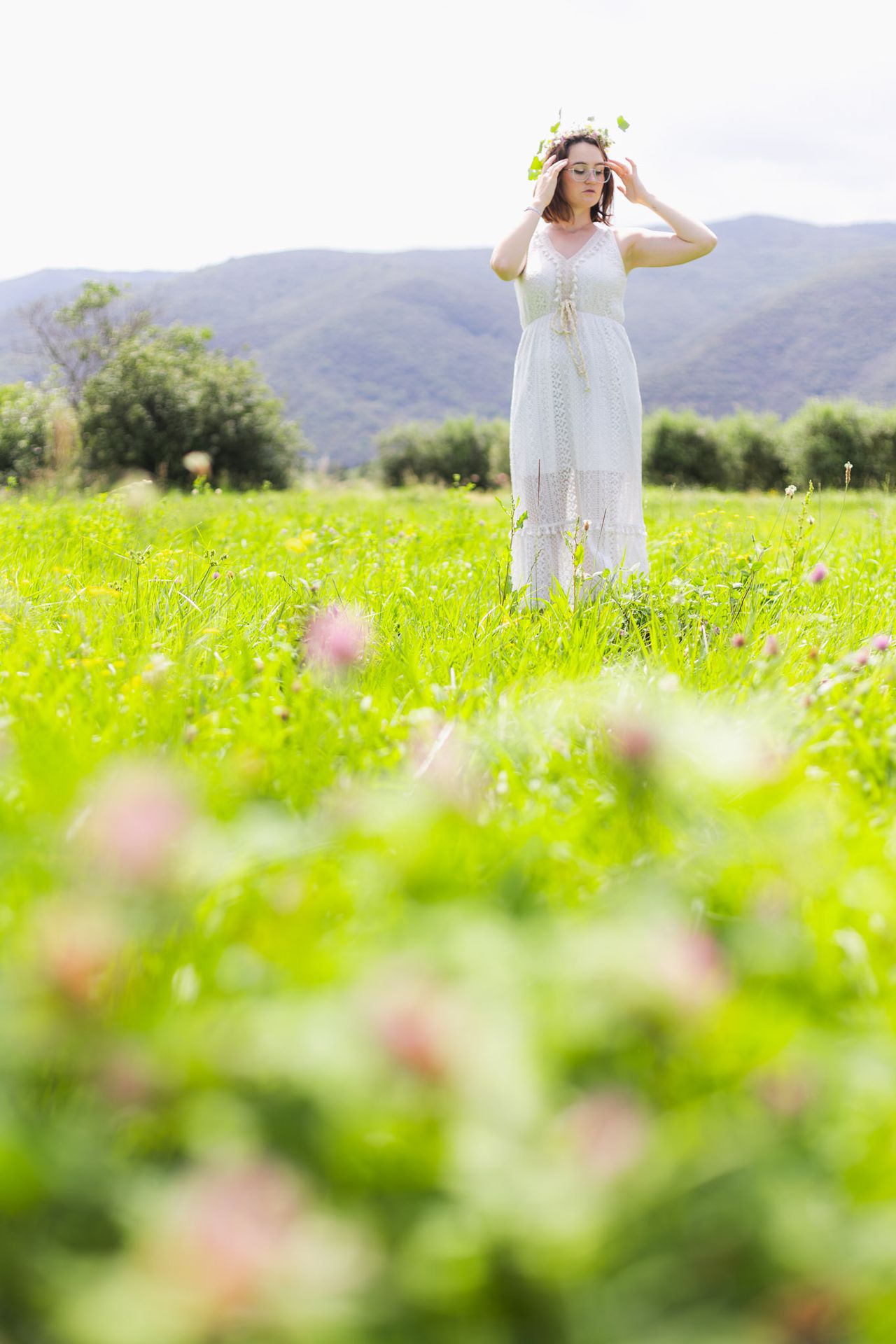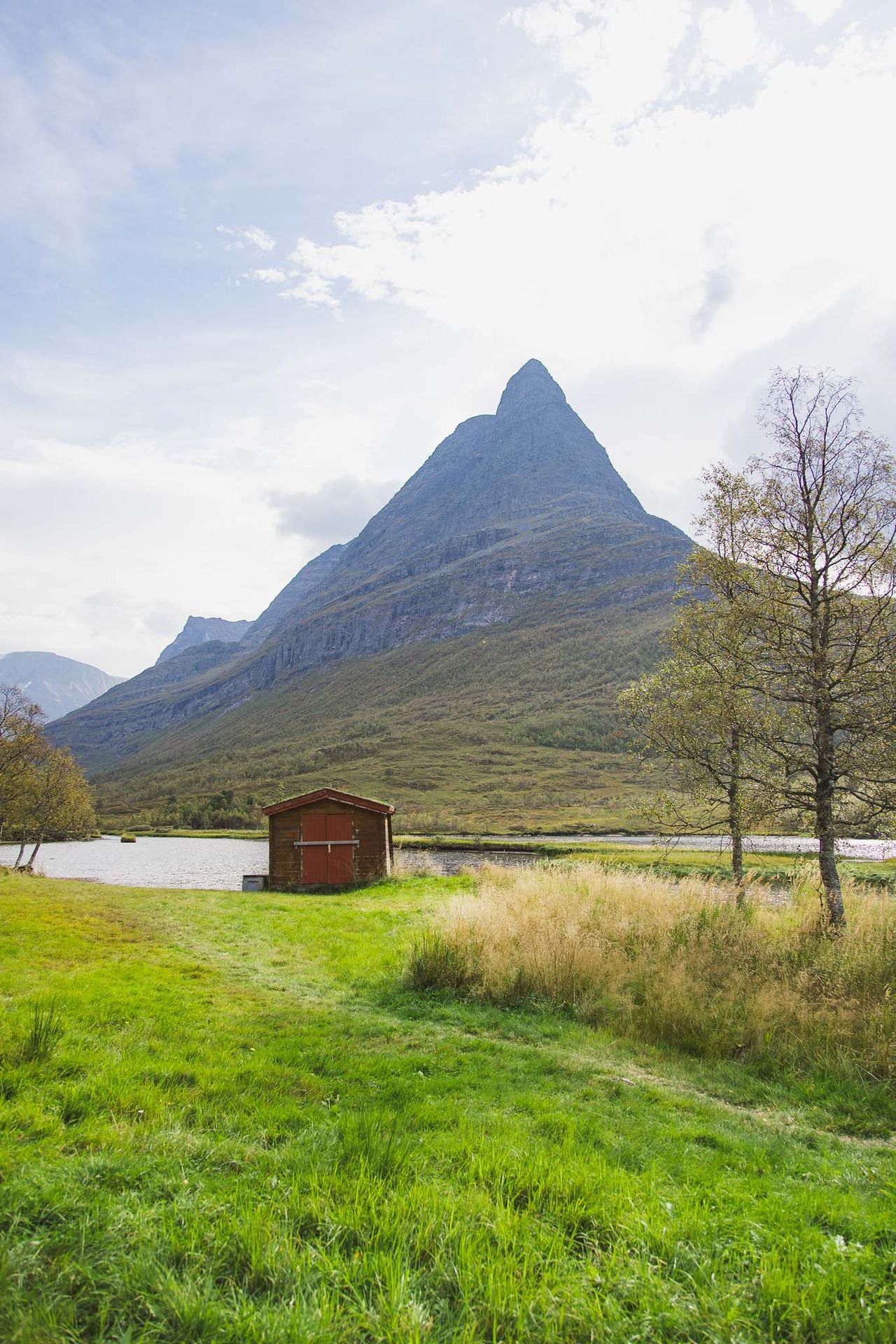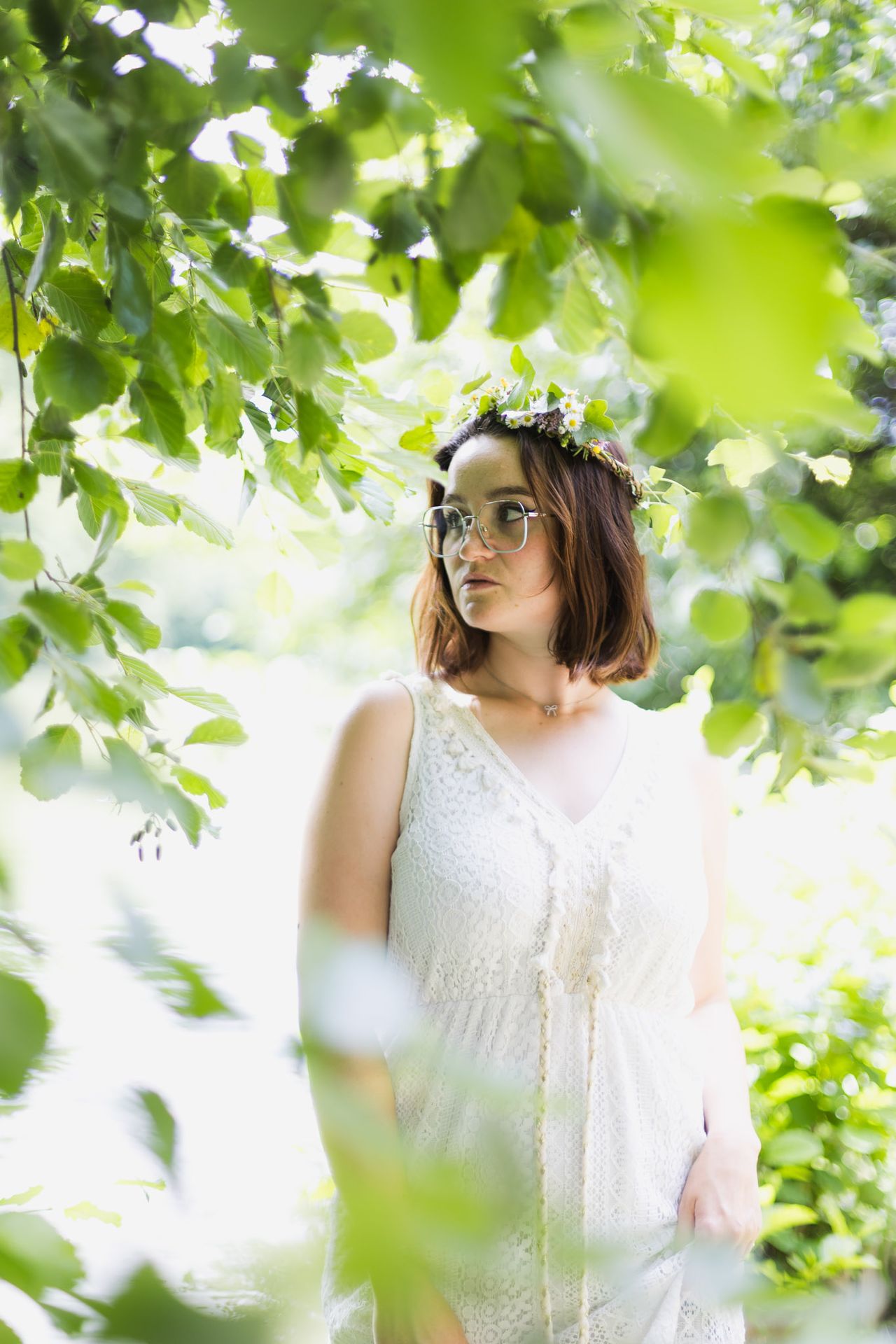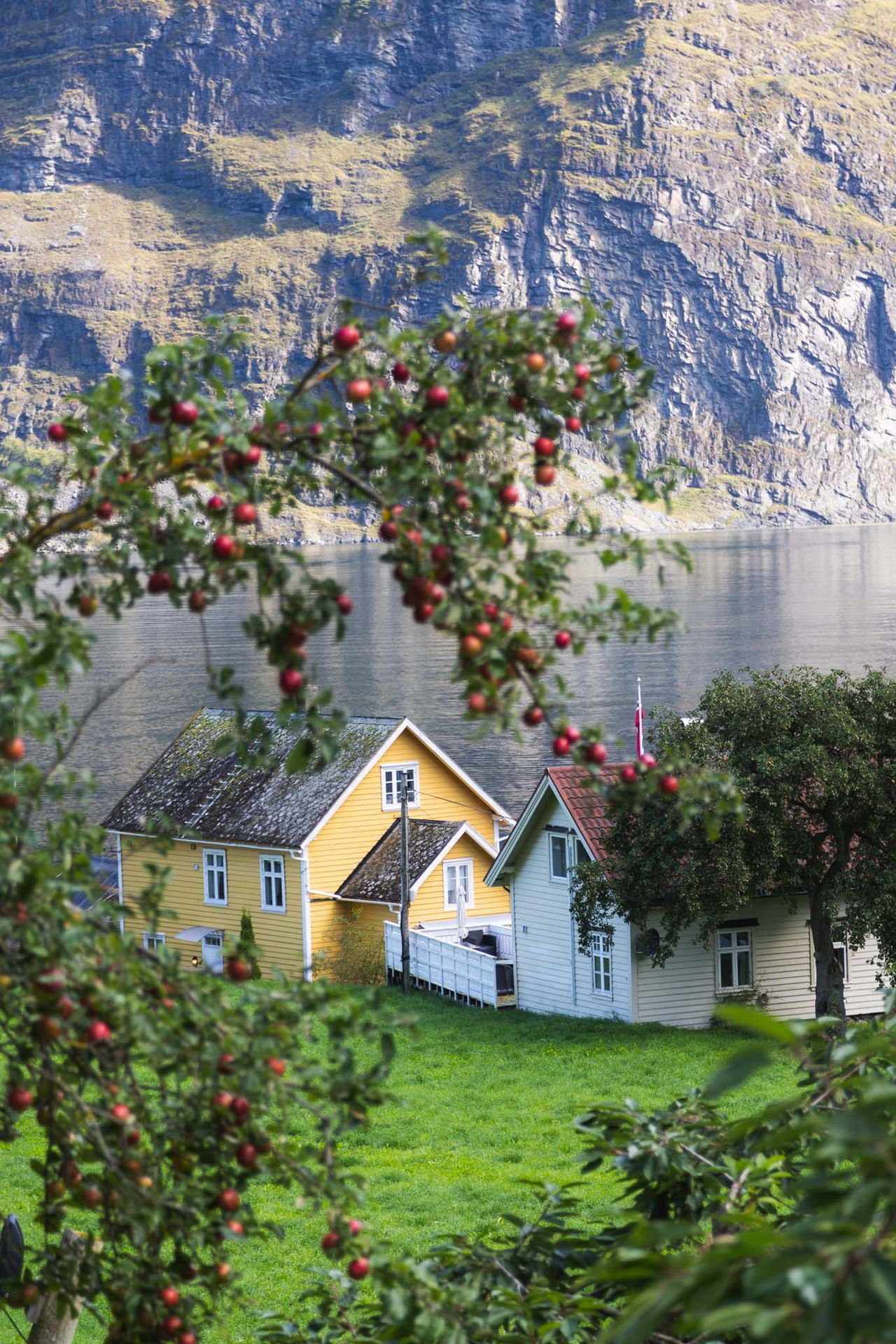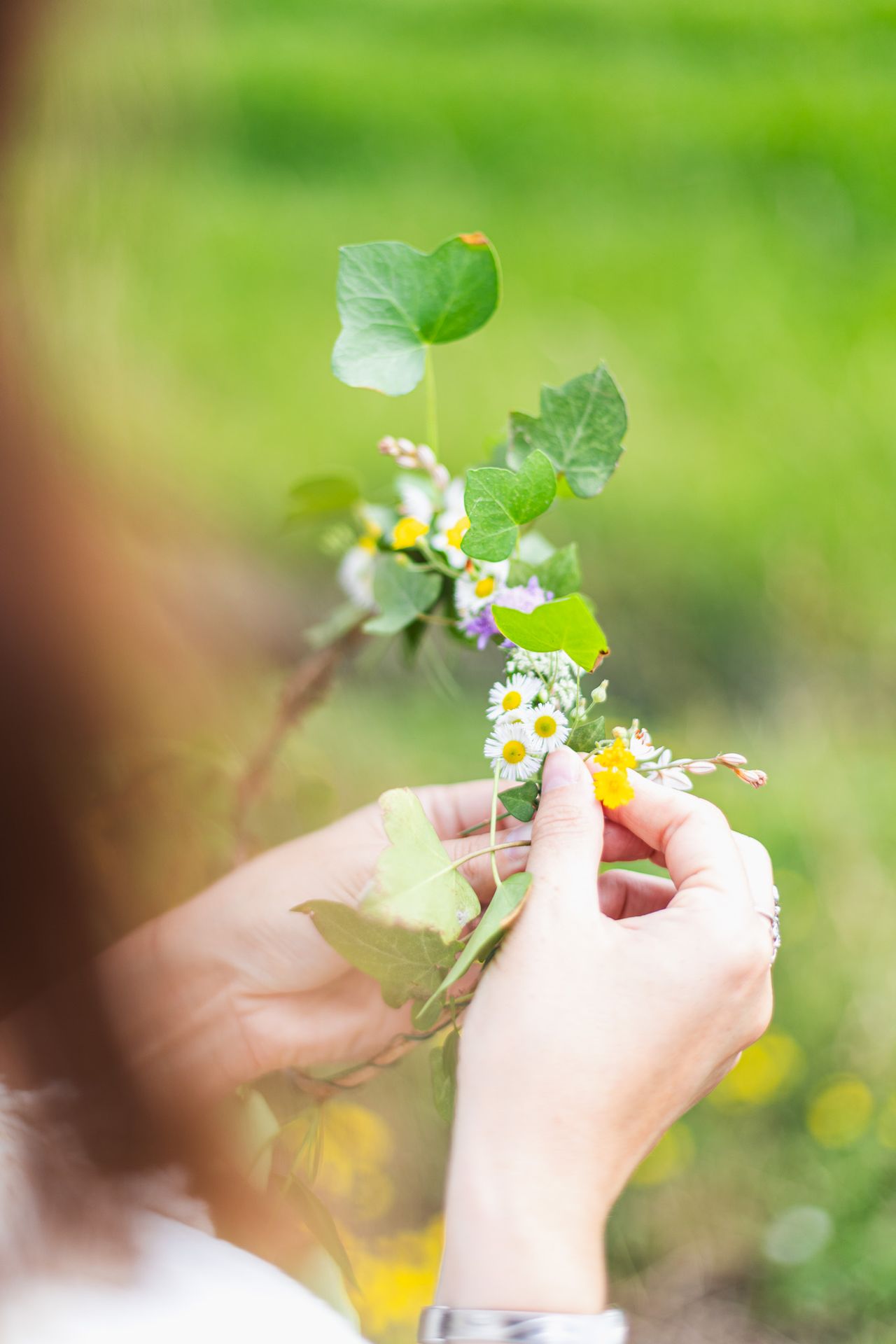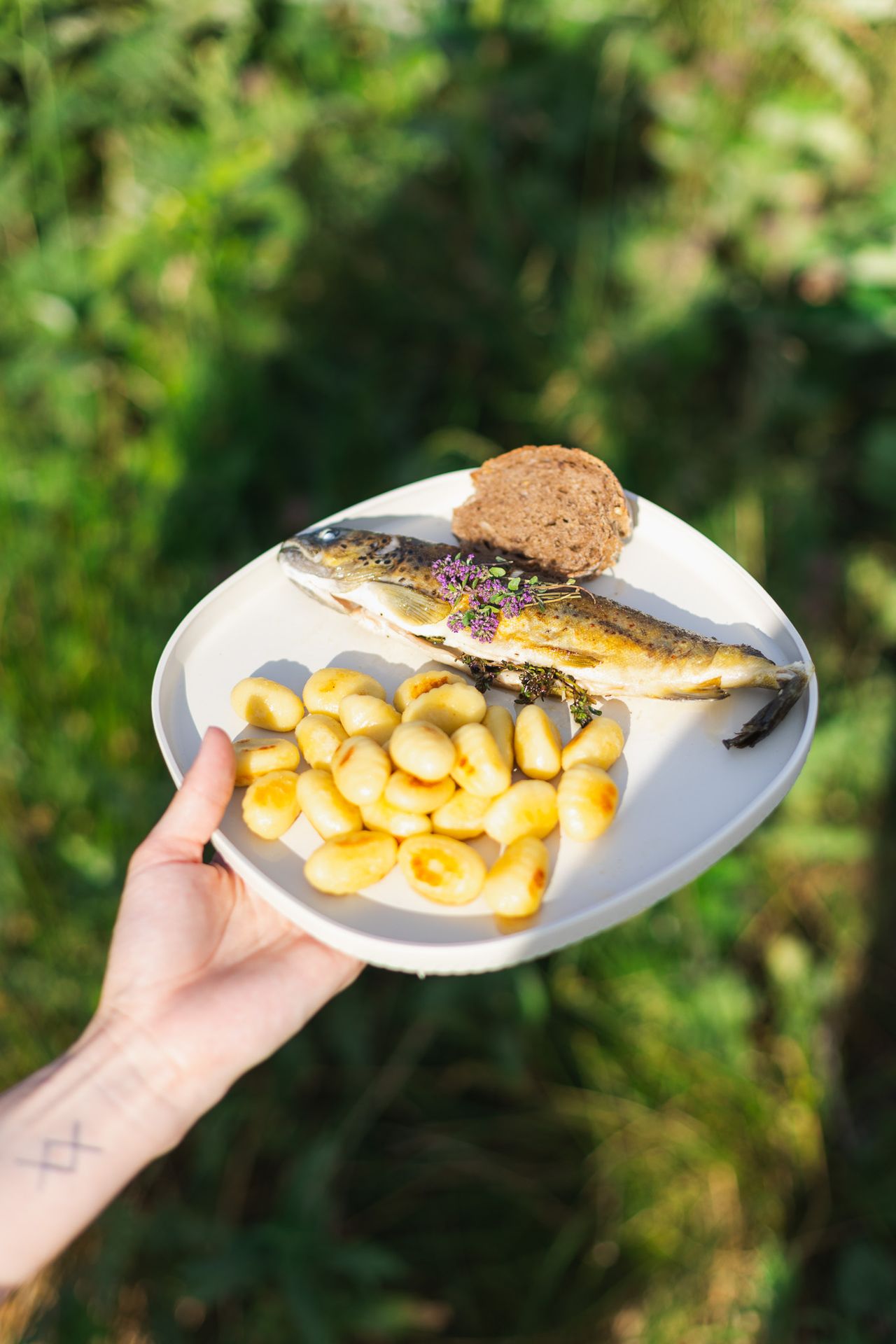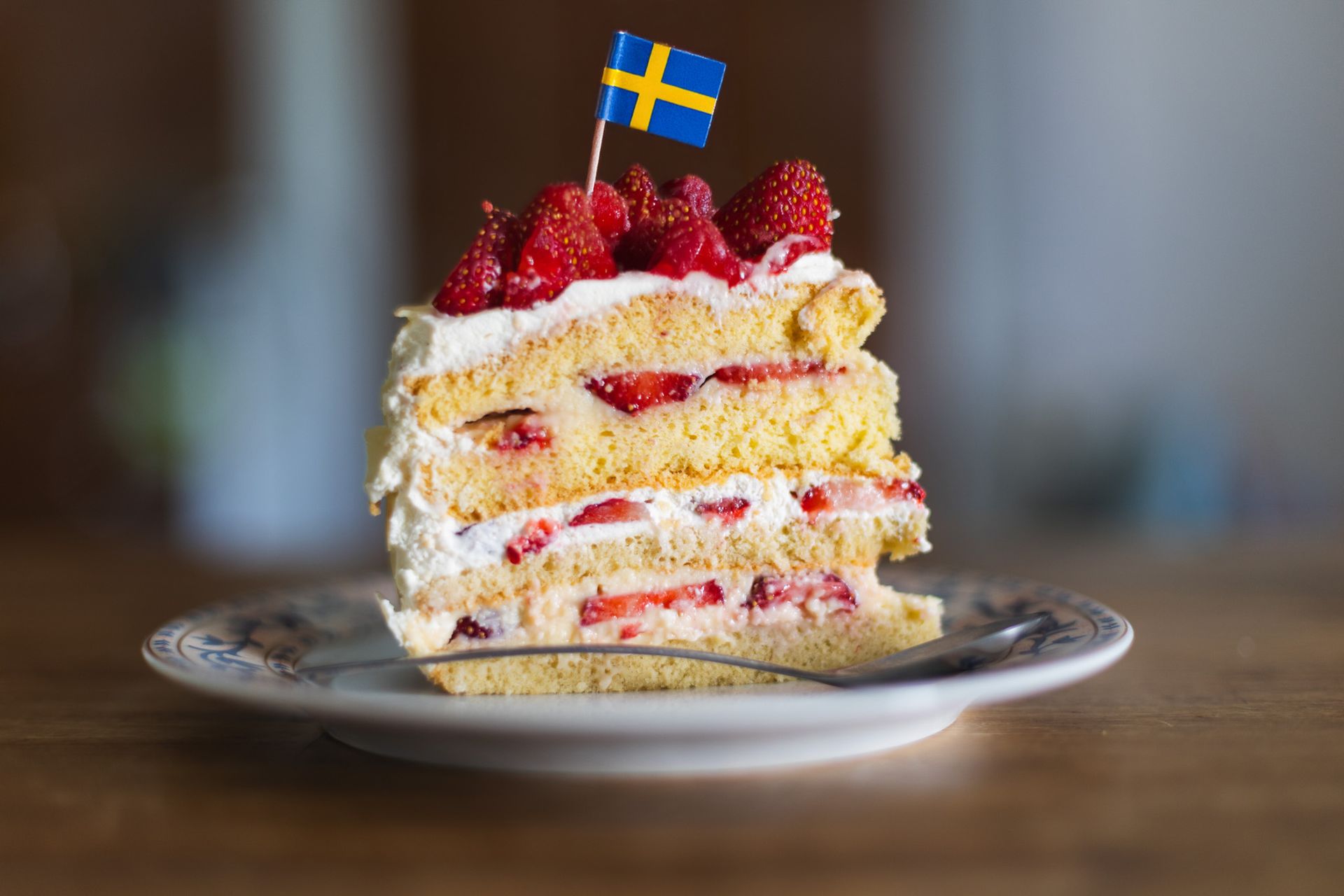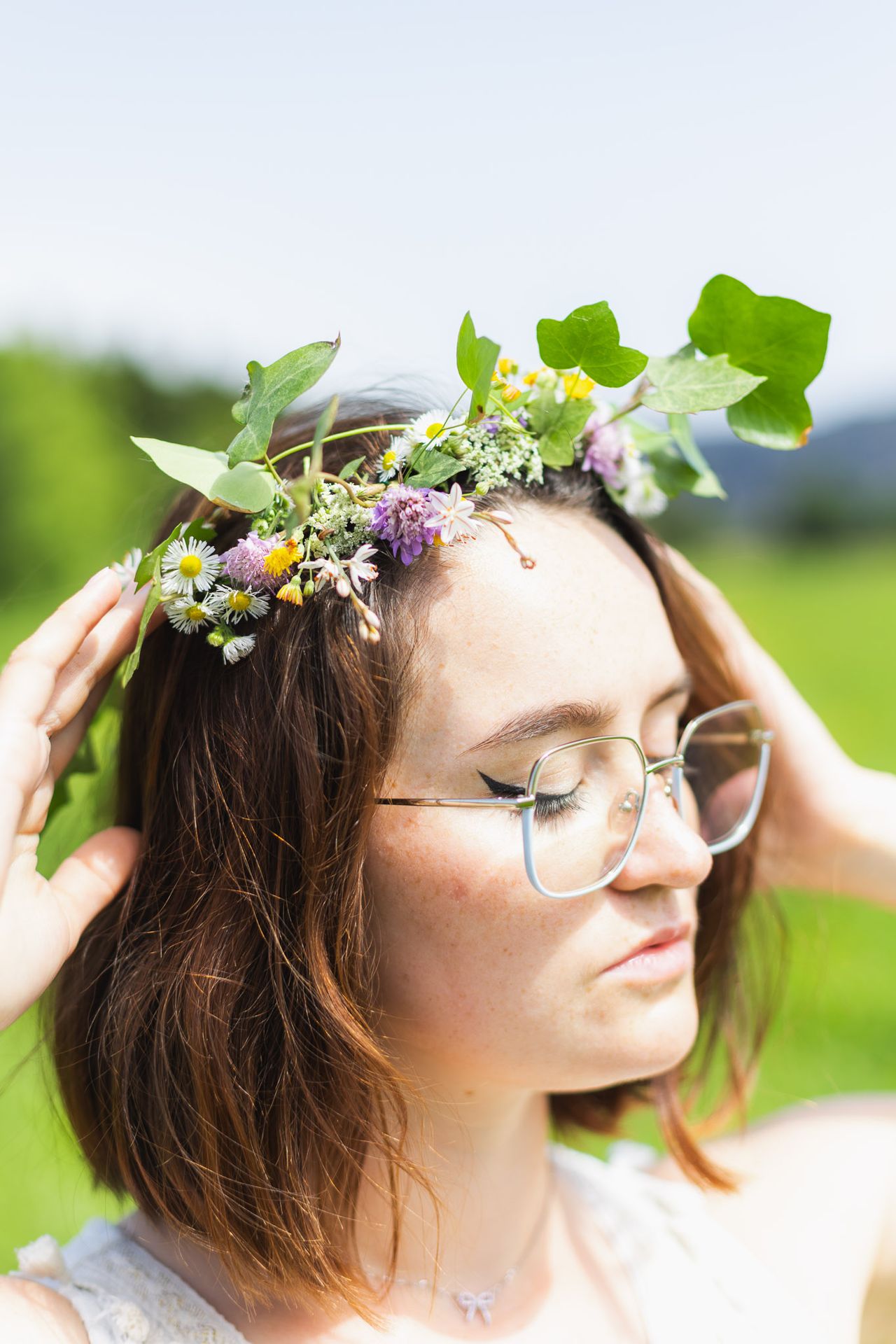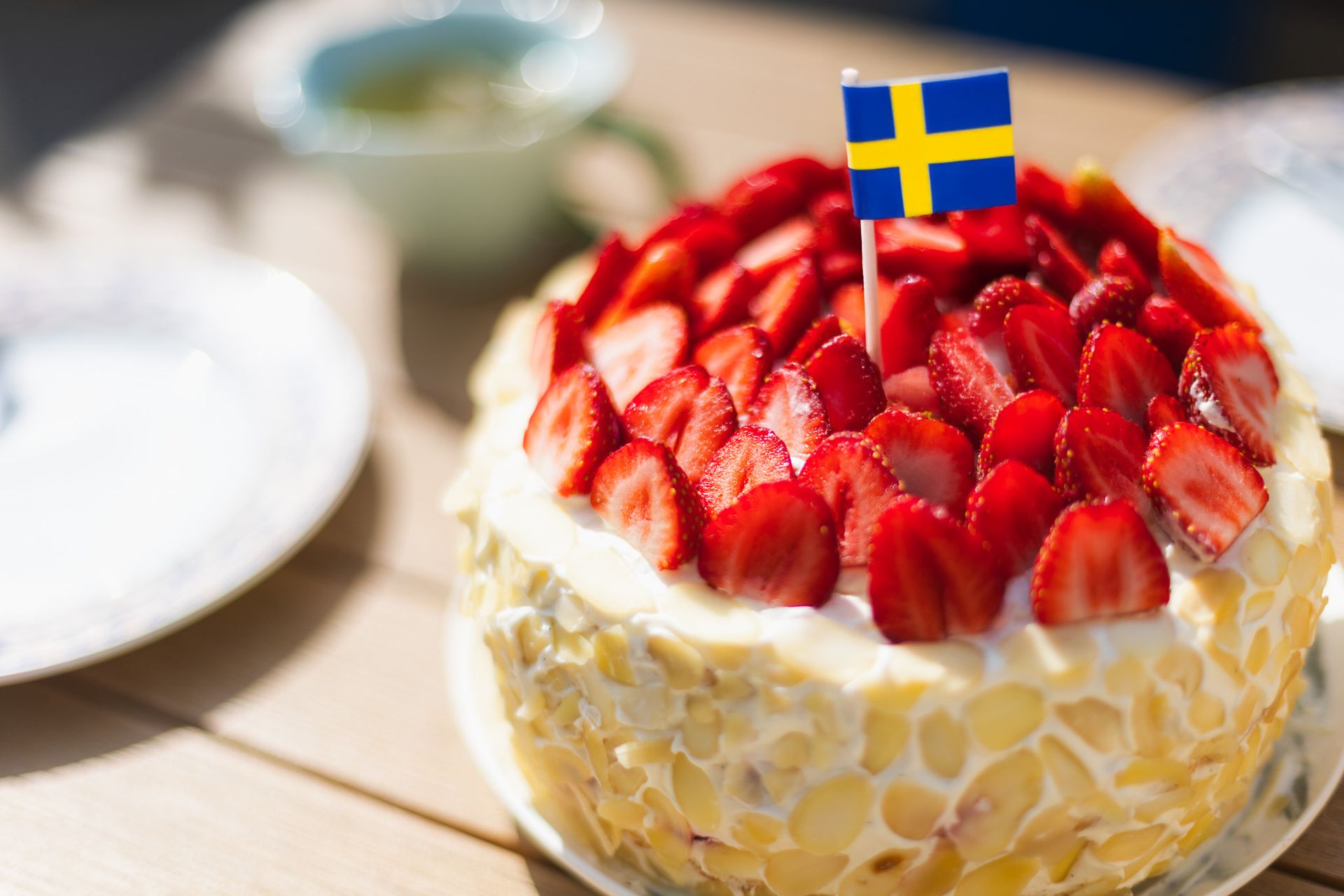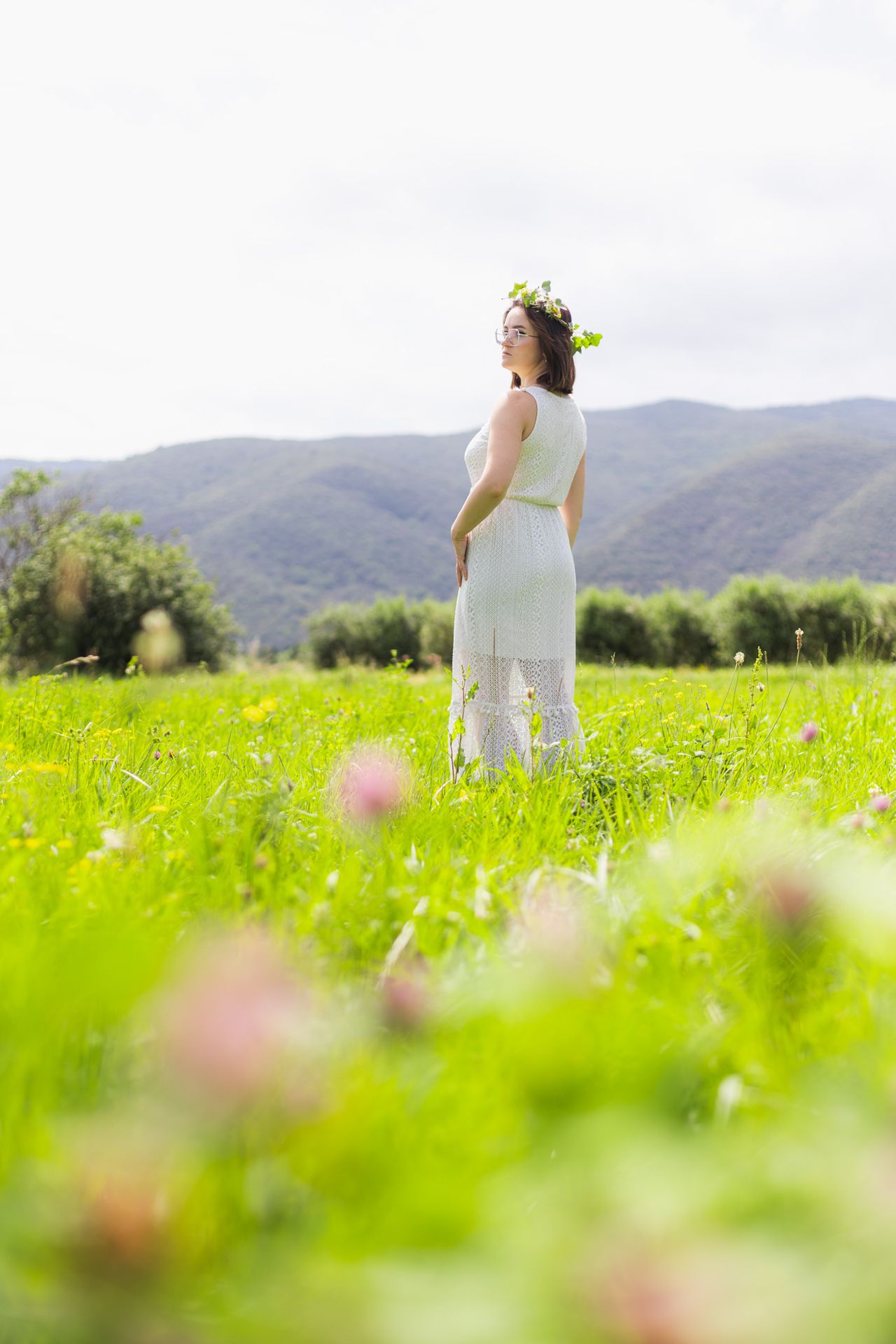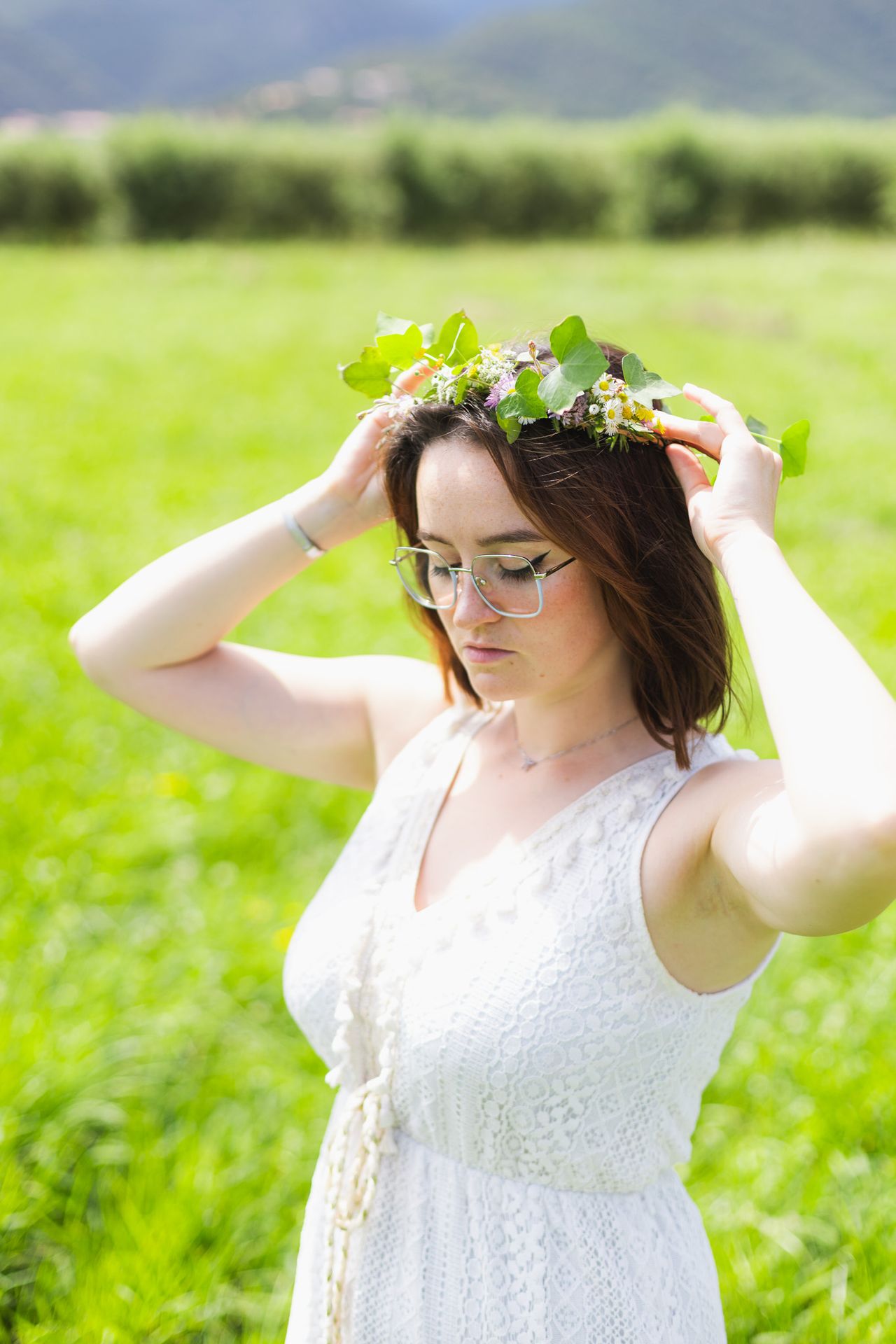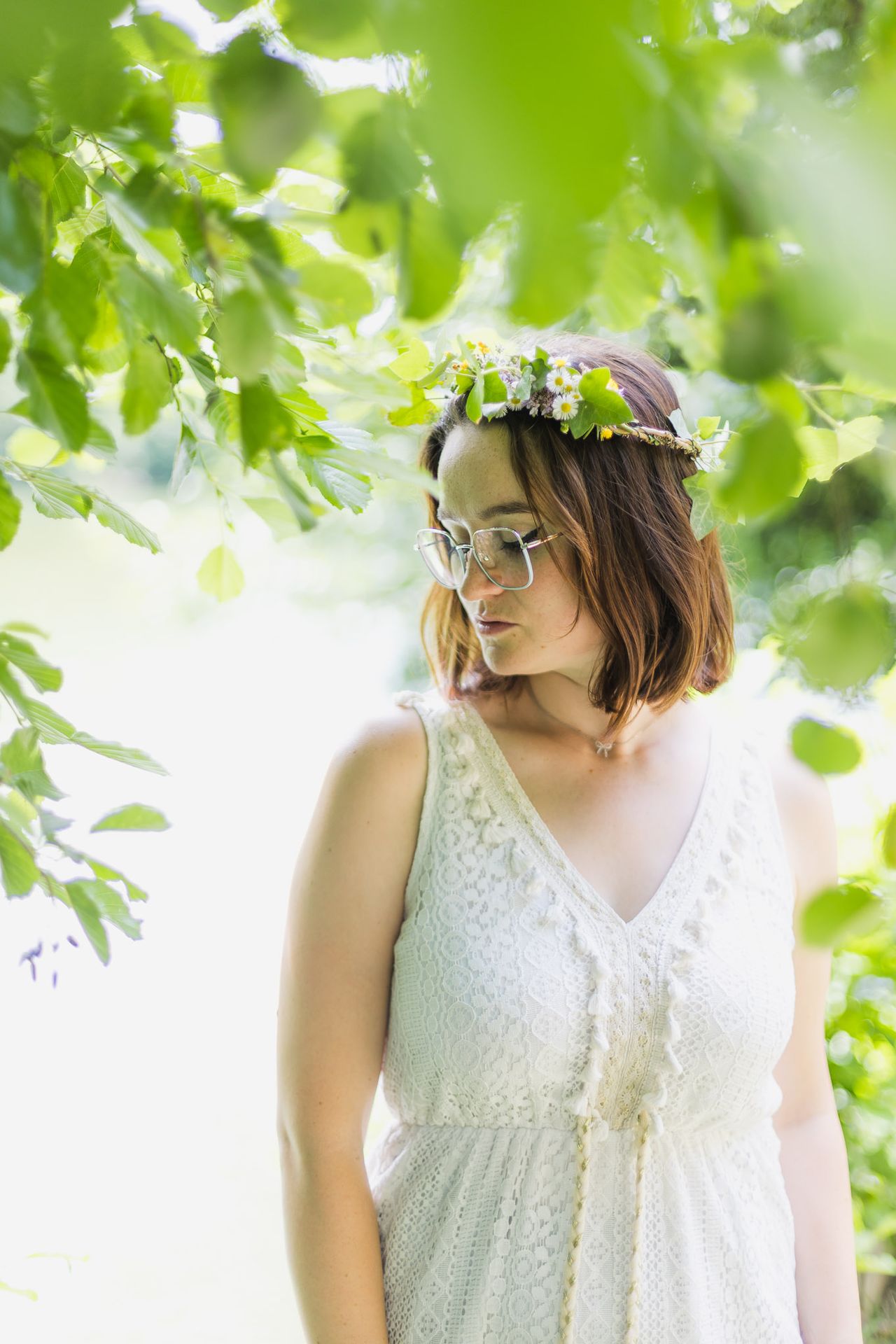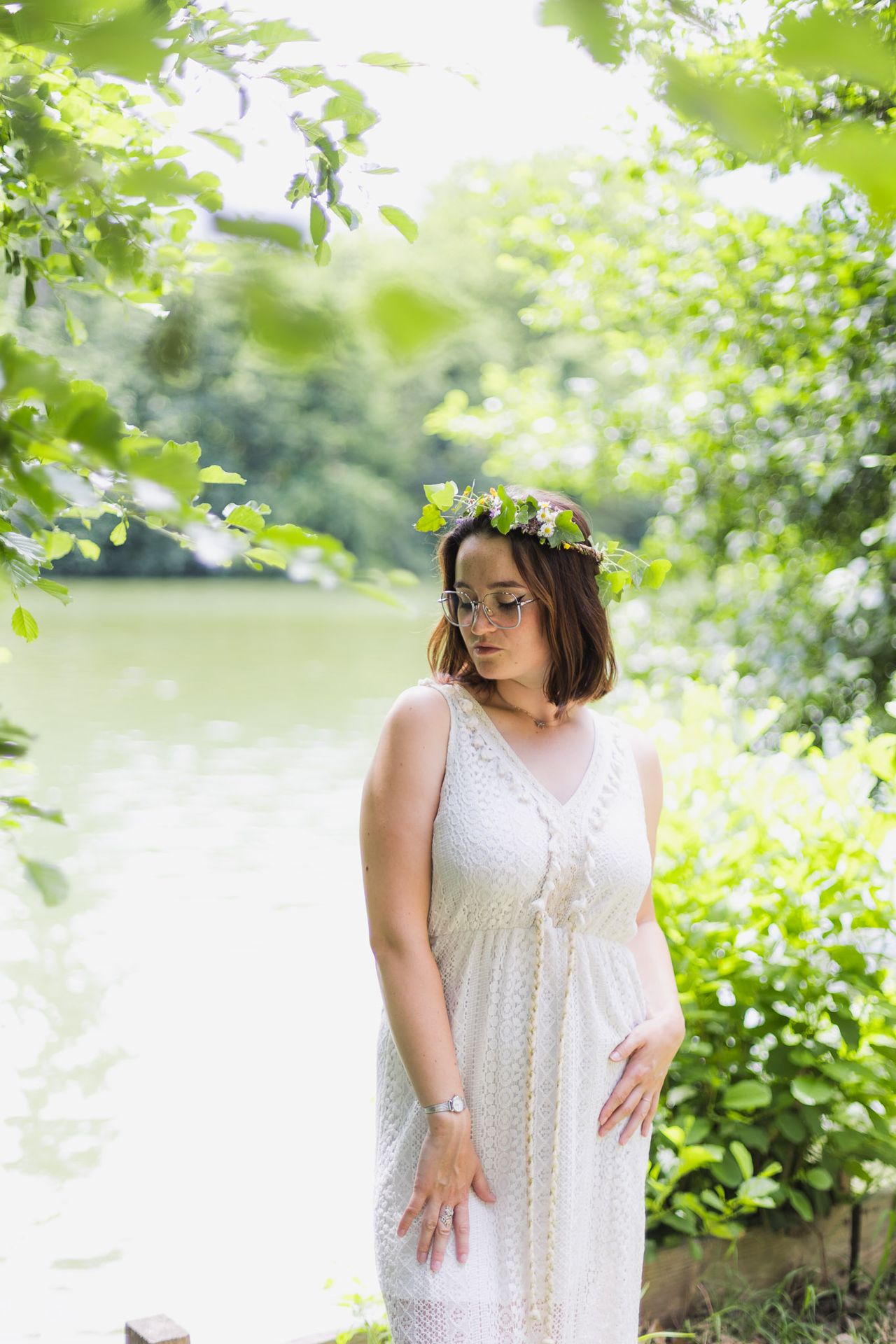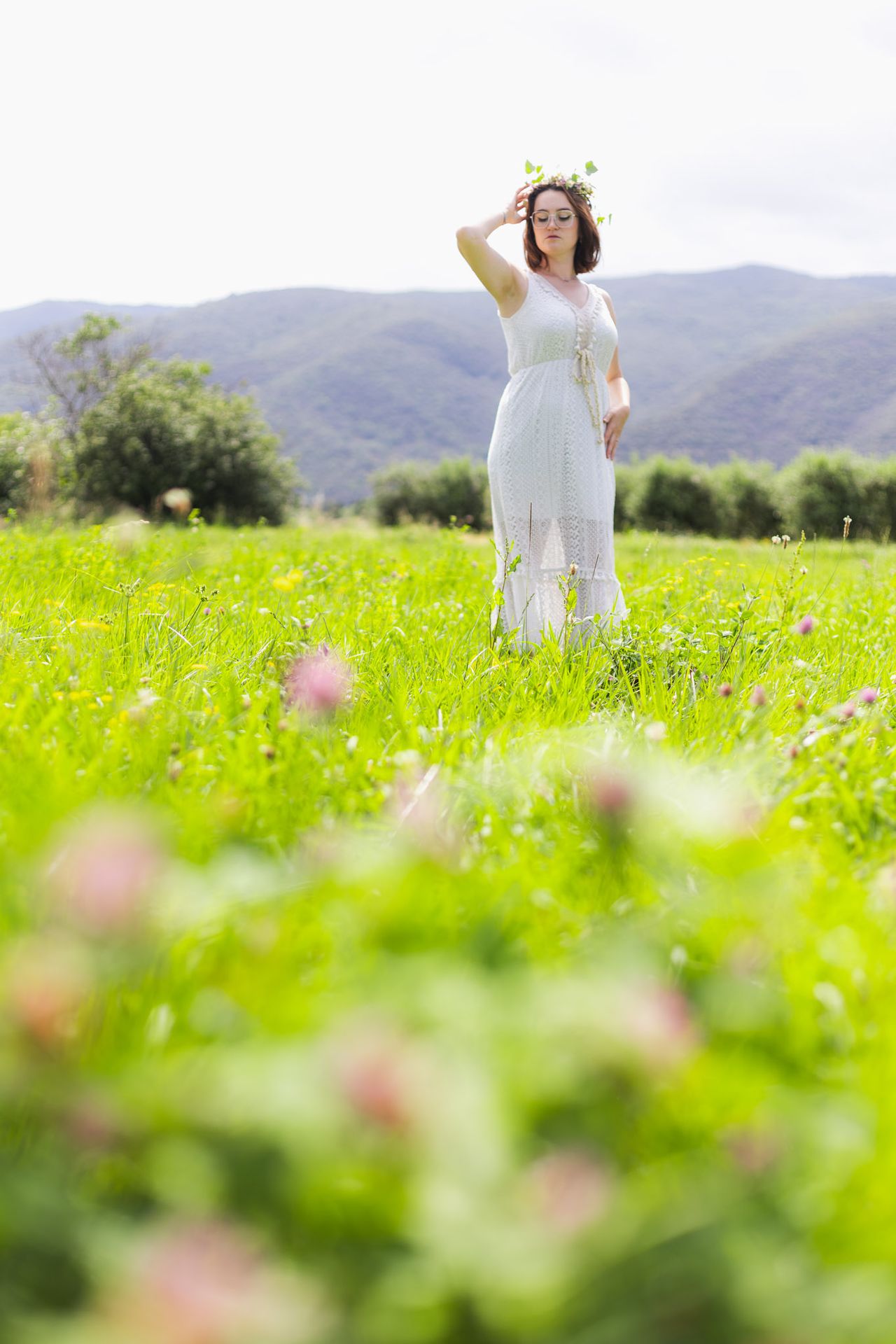Midsummer or the start of summer ? What “Midsommar” really means
The name can be confusing : Midsommar is celebrated around 21st or 24th June, at the time of the summer solstice, which actually marks the official start of summer according to the astronomical calendar. But in Sweden, and more broadly in the Nordic countries, this period is seen as the height of summer.
The reason is mainly climatic and cultural. From May onwards, the days lengthen dramatically. At Midsommar, in some northern parts of Scandinavia, the sun hardly sets at all : this is known as the midnight sun. June is the month when nature is at its greenest, flowers are in full bloom and the temperatures are pleasant without being too hot yet.
In this context, Midsommar marks the peak of the bright season, before the days start to shorten. It celebrates what is locally called the “heart of summer” (even if, from a strictly scientific point of view, summer has only just begun).
It is also historically the transition period between the busy spring agricultural work and the calmer summer, a time of rest and gathering before the harvest preparations. This explains why this exact moment is experienced as a true seasonal peak...
Note : all landscape photos were taken in Norway and are used simply to illustrate summer in Scandinavia.
From pagan origins to modern celebrations
Midsommar has its roots in pre-Christian celebrations connected to nature and fertility. Long before the adoption of the Gregorian calendar, Nordic peoples followed the solar rhythm and held festivals at the solstices and equinoxes, which marked key stages in the agricultural cycle.
The summer solstice, in particular, was seen as a magical time when the boundary between the human world and the spirit world grew thinner. It was believed that medicinal plants had greater powers that day, that dreams were prophetic, and that love could be found through nighttime rituals.
With Christianisation, these traditions were partly adapted and linked to the feast of St John the Baptist, celebrated on 24th June. Nevertheless, folklore and popular customs endured, and it is Midsommar, in its pagan and festive form, that remains most deeply rooted in Swedish culture.
Today, even those who are not very religious or attached to rural traditions take part in this celebration. It has become a moment of national cohesion, almost as important as Christmas, when cities empty, families gather, and nature becomes the place for all gatherings.
The traditions of Midsommar
The central symbol of the celebration is the midsommarstång (or Midsommar pole in English). It is usually made of wood, covered with greenery and decorated with garlands of fresh flowers, often picked on the same day. It is raised in a field, garden or village, at the centre of a large open space. Its shape sometimes resembles a cross, sometimes a stylised tree, and it is generally topped with two suspended rings.
Around this pole, people dance in a circle, singing traditional Swedish songs. One of the most famous, Små grodorna (“The little frogs” in English), especially entertains children : everyone hops around the pole imitating frogs, creating a joyful, slightly silly, but irresistibly festive atmosphere.
Flower crowns are essential. Handwoven the very same morning with wildflowers, they are proudly worn on the head, especially by women and children. They symbolise natural beauty, fertility, and come from an ancient ritual linked to the magical powers of plants.
Another typical image of Midsommar : white outfits, especially worn by women. The long, light and pristine dresses evoke purity and the festival’s folk roots. Men sometimes also wear white, or dress more traditionally depending on the region.
After the dancing, everyone gathers around a shared meal, often set outdoors on large wooden tables or on the grass. Simplicity and freshness take centre stage !
The Midsommar meal : simplicity, freshness and conviviality
The meal is at the heart of the festivities. It is often served outdoors, on large wooden tables, sometimes improvised in a field or family garden. This moment is one of the most eagerly awaited of the day.
The menu, although quite simple, is a tribute to local seasonal produce :
- Marinated herring in all its forms (with mustard, dill, red onion, etc.),
- New potatoes cooked in water and served with butter, chives or dill,
- Hard-boiled eggs, often garnished with caviar or anchovies,
- Smoked or marinated salmon (gravlax),
- Västerbotten cheese.
For dessert, there are rhubarb tarts, compotes and, above all, the famous jordgubbstårta ! It's a soft sponge cake topped with vanilla cream, whipped cream and fresh strawberries. This cake is an emblem of Midsommar, as photogenic as it is delicious... Every family has its own version, more or less rustic or sophisticated (to make it, here's the recipe for my version → "Jordgubbstårta : the iconic Swedish strawberry cake of Midsommar")
All this is washed down with schnapps (Swedish vodka-style alcohol) and accompanied by short festive songs called snapsvisor. Each toast is accompanied by a short song, usually short, funny and cheerful. These toasts punctuate the meal and reinforce the communal aspect of the moment.
A festival of light and hope
What makes Midsommar so special is the omnipresent light. In some regions, particularly in the north, the sun doesn't set at all. Everywhere else, it remains visible well into the night, bathing the landscape in a magnificent golden glow.
This abundance of light has a strong symbolic value in a country where winter is long, cold and dark. Midsommar is a time of escape, renewal and celebration of life. It's a way for Swedes to reconnect with nature, celebrate the present moment, and take full advantage of the ephemeral beauty of summer.
More than a folk festival, it's a ritual of transition, a time when you feel fully alive. Between the dancing, the singing, the shared meals and the traditions passed on, it's also a strong cultural anchor, a landmark in the year that brings all generations together.
Midsommar is all about nature in bloom, children laughing, long endless evenings and memories shared around a flower-covered flagpole. It's a festival you should experience at least once in your life (or recreate in your own way, even away from Sweden !).
